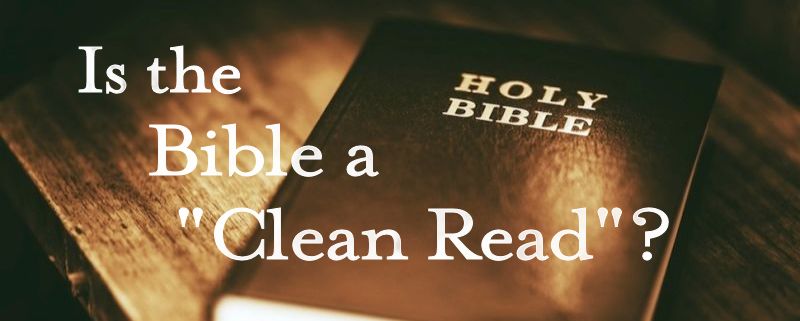
There are many arguments for why Christian artists should avoid depictions of evil. The very concept of “clean,” “family-friendly” fare is based on the assumption that LESS renderings of evil (be it profanity, violence, gore, occultism, nudity, etc.) are qualitatively better or more “Christian” than stories or images that contain evil.
One of the more common arguments for Christians avoiding darker cinematic and literary fare is the argument of influence.
Watching/reading/hearing bad stuff can negatively influence us; proximity to evil can corrupt us.
This seems like an inarguable point. The apostle Paul, paraphrasing the Book of Proverbs, wrote “Do not be misled: ‘Bad company corrupts good character.'” (I Cor. 15:33) Simply put, evil rubs off on us. So it’s not a stretch to suggest that playing violent video games, reading about witchcraft or occultism, or watching films with language or sexual content can also potentially “corrupt good character.” Salacious images, ideas, and words can seed our minds for the worse.
Another powerful argument, closely associated with the aforementioned, has to do with transformation — what we allow our mind to dwell upon shapes our actions and disposition. The writer of Proverbs put it this way: “as [a person] thinks within himself, so he is” (Prov. 23:7 NASB). Basically, we are what we choose to focus on. The renewal of our minds (Rom. 12:2) is central to personal change and transformation. Which is why Scripture exhorts us to focus our minds on what is good and beautiful:
“Finally, brothers and sisters, whatever is true, whatever is noble, whatever is right, whatever is pure, whatever is lovely, whatever is admirable–if anything is excellent or praiseworthy–think about such things.” (Phil. 4:8 NIV)
This is one of the most common, and most persuasive, proof texts used by advocates of clean fiction.
But are these definitive reasons to avoid works that contain depictions of evil? Is the command to focus our minds on what is good simultaneously a command to eschew stories that contain profanity, violence, gore, occultism, and/or nudity? Since bad company corrupts good character, does this imply that all potentially bad influences (which includes R-rated content) should be disavowed? Do these commands convincingly advocate for an entire genre of art that is “safe”? Does the command to focus on the Light demand Christian artists avoid, or seriously limit, depictions of Darkness?
On the contrary, there are good reasons why Christian artists should be adept and convincing in their portrayals of evil.
First, let me suggest that avoidance of depictions of evil in art can distort a biblical understanding of holiness and perpetuate something akin to “white magic.” In my article ‘Clean Fiction’ as Evangelical White Magic I elaborate on what I term “clean media spells.” They are,
…practices that stem from the belief that G-rated, “family-friendly” content — films and fiction without sex, profanity, excessive violence, occult themes, etc. — is inherently “pure” (or, at least, purer than other fare), imparts a protective covering, cultivates holiness, does not morally corrupt, brings one closer to God (or, rather, keeps the devil and evil spirits away), and is ultimately “safer” than art with mature content.
Such an approach to art appeals to a “touch not, taste not” (Col. 2:21-23) aesthetic. In this sense, holiness is an external exercise marked by the addition or elimination of various agreed upon elements. We become holy to the degree that we abstain from certain language, film, dress, diet, habits, companionship, etc., and incorporate certain conduct, practices, grooming, consumption, etc. Holiness, in this sense, is an entirely a measurable quantity. Thus, the “holy” man doesn’t smoke, drink, watch R-rated movies, and maintains a regular devotion. Holiness becomes a checklist. Which makes “clean fiction” advocates not unlike the sorceress who believes that the inclusion or avoidance of certain words is crucial to the efficacy of a given spell.
The belief that keeping THAT word out of my story makes it intrinsically less worldly and more holy, is akin to white magic. It’s not much different from the sorceress who believes that uttering THIS word invokes THAT power and refraining from speaking THAT word leads to THIS blessing. Like the sons of Sceva, itinerant Jewish exorcists, who believed that the name “Jesus” was a magic wand to wave over the bedeviled (Acts 19:11-20), we “sanctify” our stories by adding or subtracting words to up the holiness quotient.
Of course, Jesus challenged such misguided notions of holiness by living in uncomfortably close proximity with the unclean. After all, one isn’t charged with being “a glutton and a drunkard” by (Lk. 7:34) by being “family-friendly.” If “Bad company corrupts good character” then Jesus indeed pushed that envelop by making friends with bad company. Nevertheless, He apparently managed to maintain “good character” despite His associations with bad characters.
In a similar way, it is quite possible to interact with and depict Darkness without succumbing to it.
Secondly, I think a case could be made for Christians not only not running from evil, but looking it squarely in the eye. The famed Japanese director Akira Kurosawa simply said, “The role of the artist is to not look away.” Christian artists and readers, perhaps more than any other group, should not “look away.” Our eyes should be wide open. I don’t mean that we should delight in evil, be captivated by the macabre, or celebrate darkness, but that our perspective of the human condition should be unflinching and particularly acute.
According to the apostle Paul in Phil. 4:8, the first object of our attention is “whatever is true.” Sometimes the “truth” of a situation involves the truly evil. The suicide of a pedophile. The physical and mental ravages of drug addiction. The horrors of war. The abortion industry and the victims, born and unborn, it leaves in its wake. Sex trafficking. The lists of “evils” we should be aware of, study, gaze upon, even expose are many.
Being able to listen unflinchingly to the horrors and atrocities of fallen Man, articulate their evils, and empathize with sin’s victims, is a deeply “Christian” thing to do.
Sure, feel-good, inspirational story-telling may have its place. But artists, writers, and readers — especially Christian artists, writers, and readers — who only subscribe to a “feel-good” world have violated an essential artistic, dare I say, biblical law … they have “looked away” and shrunk from “whatever is true.”
Finally, the Bible is perhaps the greatest argument in favor of witnessing, depicting, and probing into the Dark.
Scripture does not shy away from delineating evil. Its pages contain scenes of gore, torment, destruction, demons, plagues, catastrophe, divine judgment and eternal anguish. The reader who wants to think only on what is “pure and good” may want to avoid such biblical stand-bys as the Fall of Man (Gen. 3), Noah’s Flood (Gen. 7), the Slaughter of the Firstborn (Ex. 11), the Destruction of Sodom (Gen. 19), the Great White Throne Judgment (Rev. 20), the Crucifixion of Christ (which involves one of the most brutal forms of execution ever devised), and numerous lurid tales which range from Lot offering his two virgin daughters to be raped by an angry mob (Gen. 19:7-8) to God commanding the prophet Isaiah to preach naked “for three years” (Is. 20:1-6). (See Is the Bible Really Family-Friendly? for more.) While Scripture’s message is one of redemption, that redemption unfolds amidst a dark world that is cannibalizing itself, pummeled by evil beings and barreling toward chaos and destruction. And we Christians are called to “not look away.”
Some will counter that the reality of evil is not justification to focus on it. Reading or writing about evil is akin to focusing on darkness, rather than Light. No doubt, some read and/or watch darker fare to fuel prurient interests or feed depravity. (I can’t see any other reason why people would watch The Faces of Death except that they are disturbed individuals.) However, there are people who read other genres for the wrong reasons too. Some read romance novels to arouse sexual desire or replace its void. Some read fantasy novels to escape the mess they’ve made of their lives. Some read Amish lit because they simply can’t cope with the 21st century. In fact, I think an argument can be made for how a preoccupation with “clean” fiction or films can actually harm us. So while some may, indeed, focus on dark art as a means of lewd fascination, this is not unique to those fans. Readers / writers of ANY genre can turn to novels / movies as an unhealthy form of escapism or titillation.
I would also add, there’s a difference between what we look at / observe / encounter / ponder and what we choose to embrace. Just reading or watching something horrific does not make us horrible any more than watching a car accident, robbery, flirtatious affair, or elder abuse makes us compliant. Sure, fighting monsters might make us monsters, but this is not a good excuse to ignore the beasts. The Bible is not telling us to turn away from what is unlovely and impure, but to not dwell on them, to not allow the darkness to usurp our hope and resolve. So it’s not an issue of ignoring monsters, but learning to look in their eyes and battle them. Thus, Christians are commanded to NOT turn away from evil and misery. Refusing to look upon or acknowledge evil may in fact BE evil.
Perhaps more than any other individual, Christians should be adept at portraying evil. We do not see holiness as an external checklist that requires us to close our eyes and ears to what is evil or sinful. In fact, we prove ourselves by looking squarely into the heart of darkness. Of course, this does not mean we focus exclusively on evil nor surrender our hope and joy to the culture of wickedness. However, like Christ, we befriend bad characters and interact with Darkness with the intention of shining light.


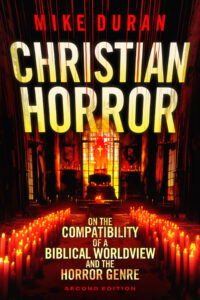
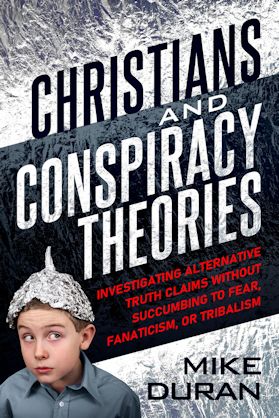
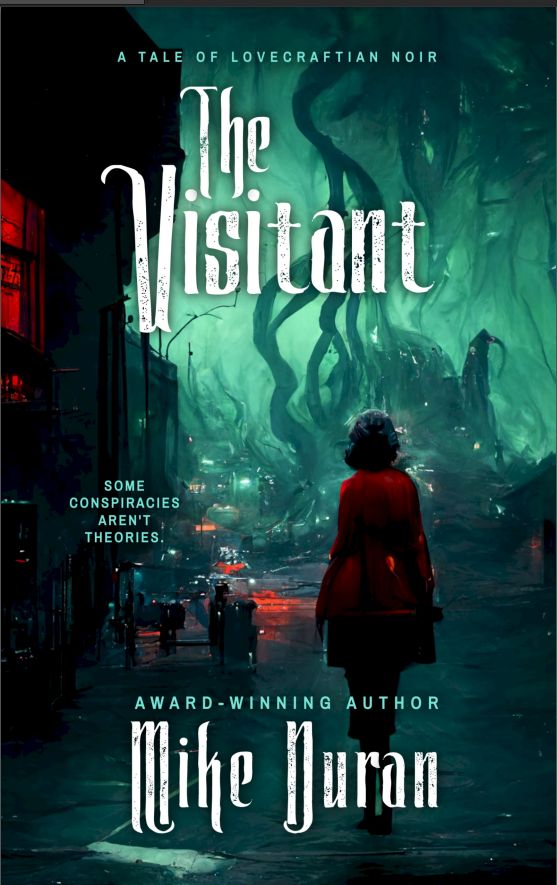

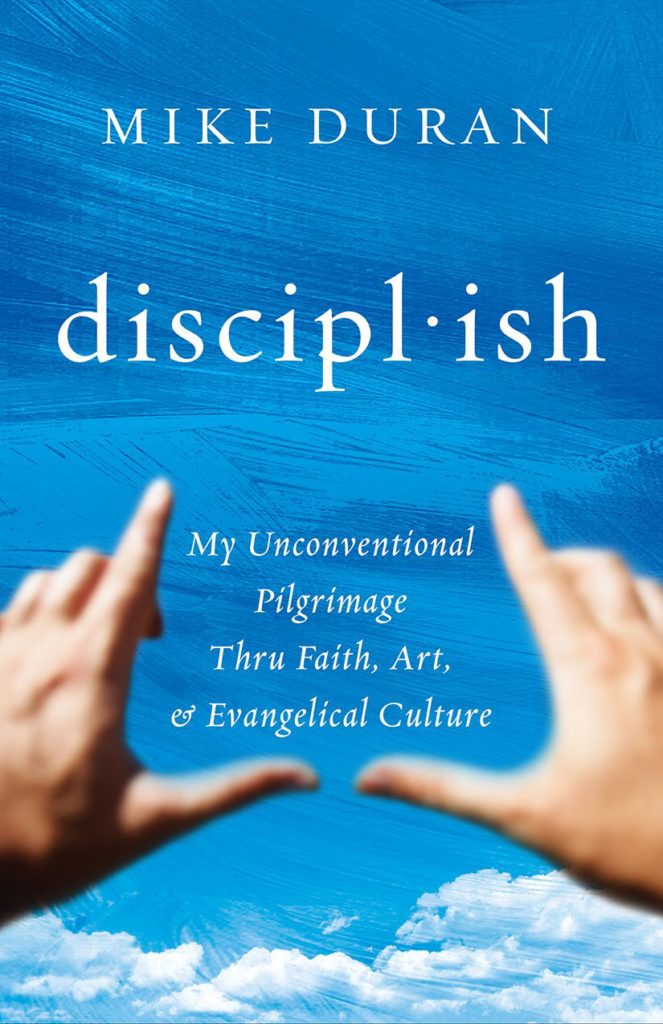
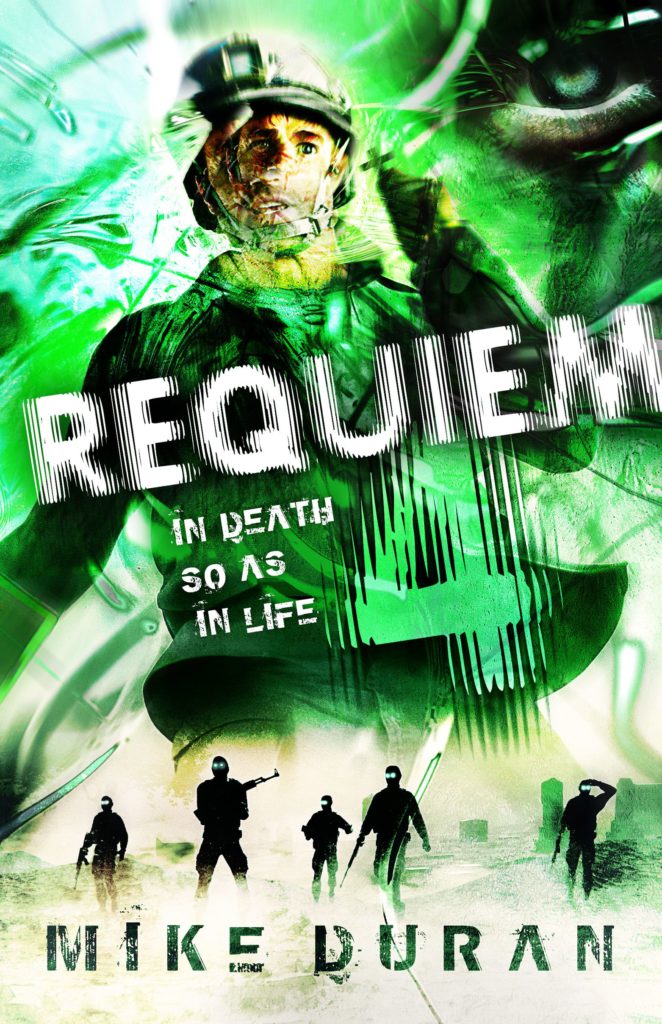
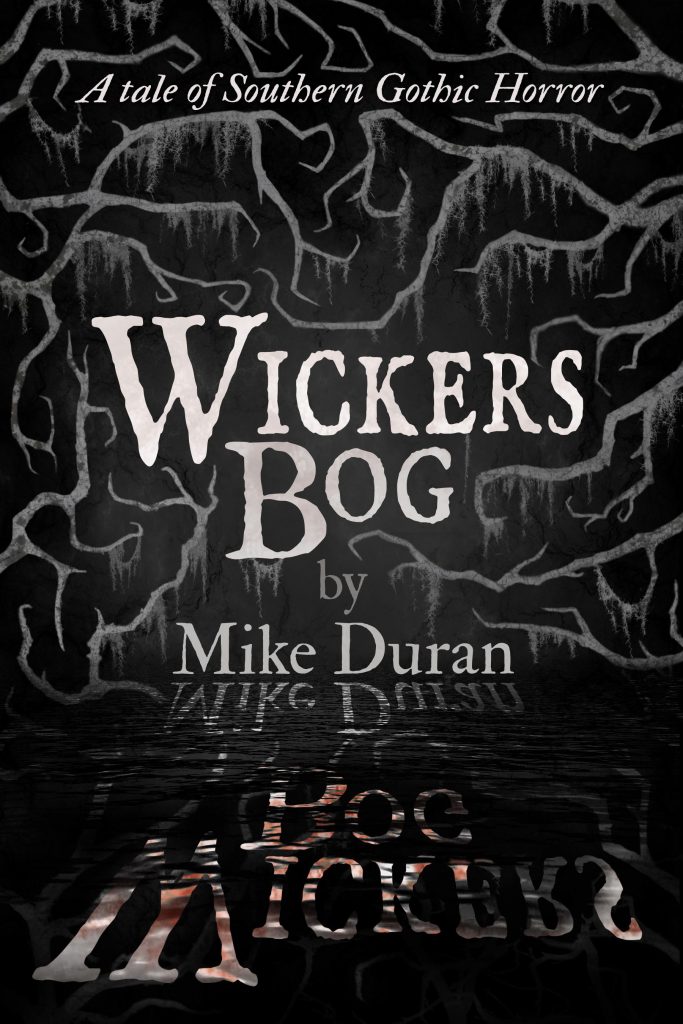
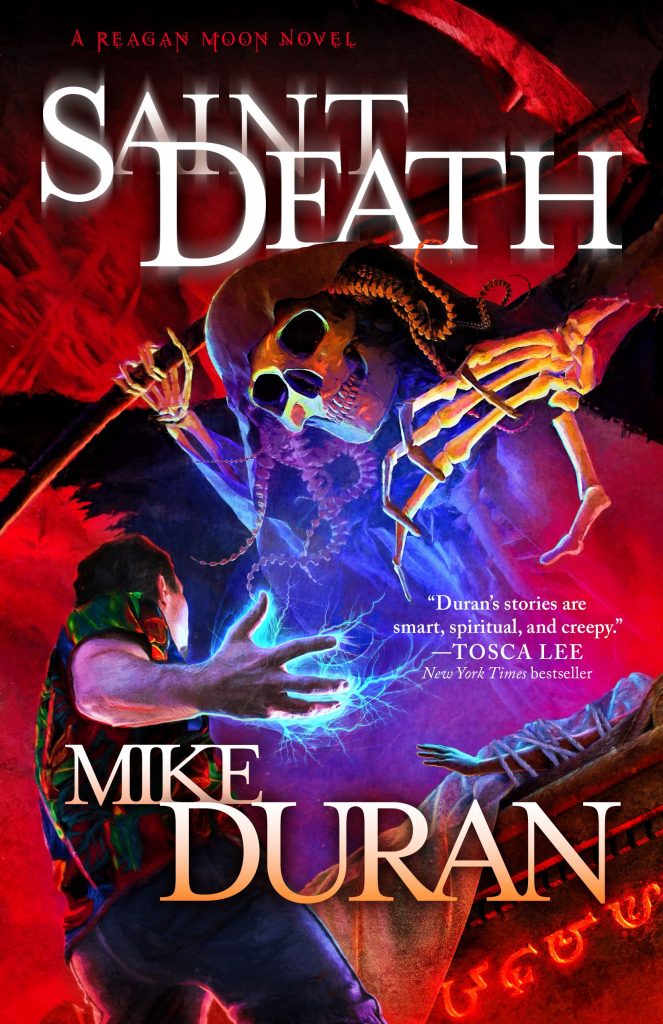
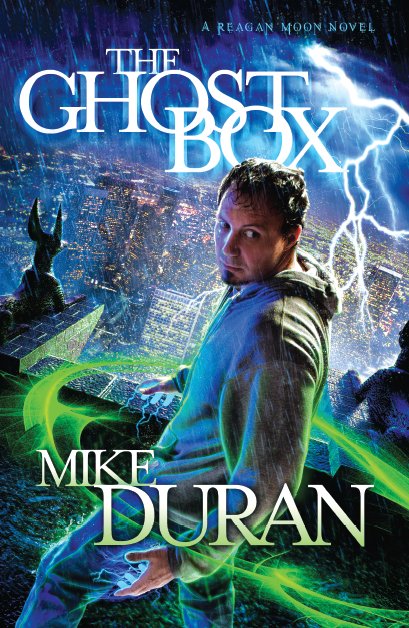
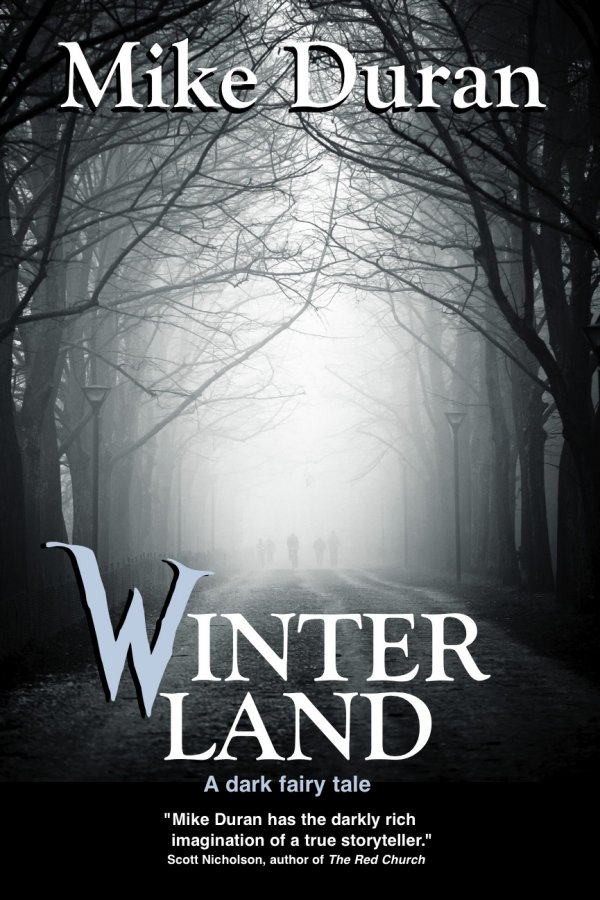
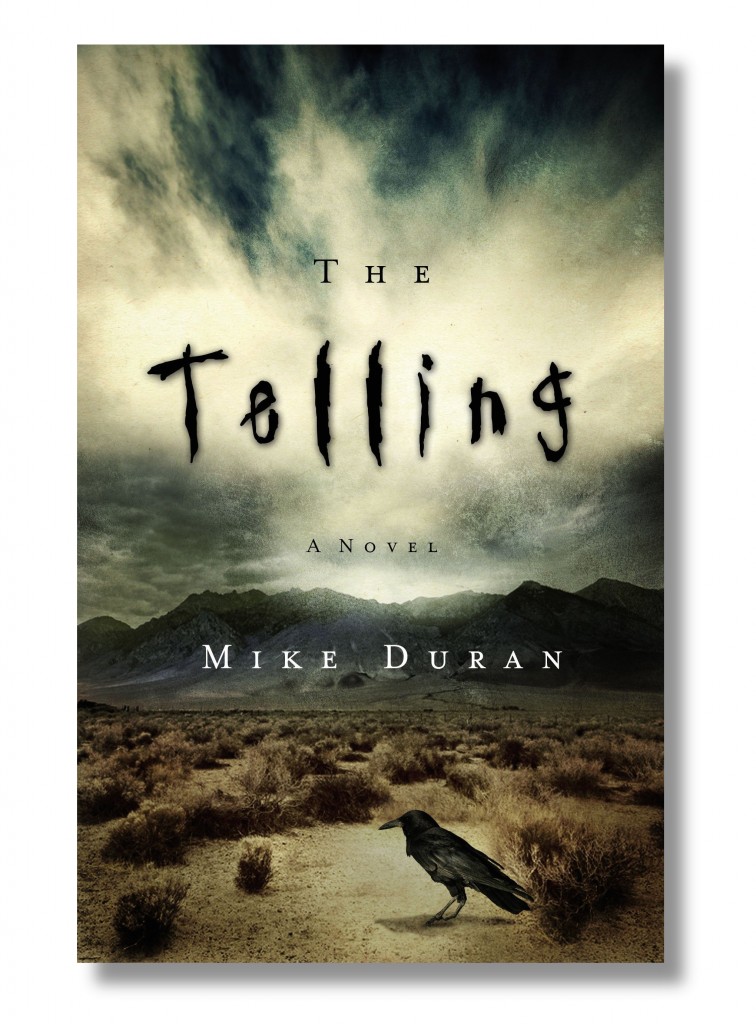
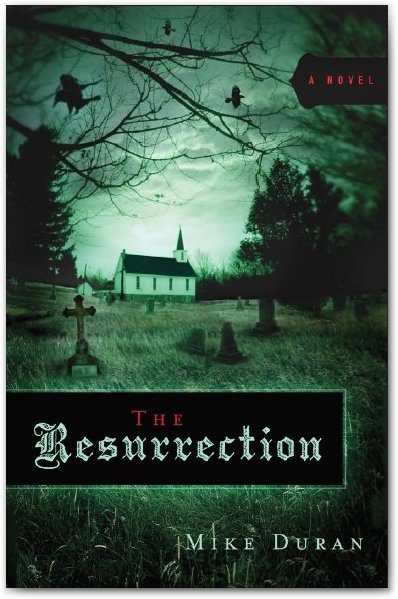
I was chatting with some friends about the importance of using horror elements to make villains scary. All Disney villains do this, whether they’re turning into giant snakes, summoning shadow demons, or turning into a dragon “by all the powers of Hell”. Without evil, good has nothing to struggle against and overcome. There’s no story, in other words. You want positively chilling, interesting villains, look up ND Wilson’s MG books. In 100 Cupboards, it’s a witch who is sucking the life out of all the worlds. In Ashtown Burials, it’s Dr. Phoenix/Mr. Ashes, a scientist who gently, kindly takes you apart and reassembles you to make you “better”. There’s another villain who kidnaps people and builds himself a temple out of their bespelled bodies. In Outlaws of Time, it’s a Wild West outlaw with five pocket watches that let him control the flow of time. He flirts with outer darkness and buries the bodies of his victims in beautiful gardens that he often visits.
Yeah, these are books for kids. The villains are awful and horrifying, so it’s all the more satisfying when the heroes defeat them.
I don’t know that it’s always a checklist, though. It could just as easily be that the heart of many transformed Christians is compelled to write what is good and pure.
Comparing modern fiction to the Bible is a stretch, too. The Bible has multiple books with different purposes, many of which are history.
But…I think you already know I don’t shy away from darkness in my writing. What I can’t abide is darkness and despair without hope. I pretty much hate postmodernism and its post postmodern child who can do what it wants because nothing matters. At the heart of Christian fiction, or fiction written by Christians, is the idea that there is meaning to our existence–a lot of things matter *a lot*.
Thank you so much for sharing this! I do agree that a “holy” checklist is a very much real thing because I have been guilty of this in the past. I strongly love your encouragement of looking evil in the face because in Christ we are conquerors. Excellent post!
To tell a convincing story of a Light Bringer who has been saved from darkness, the evil of that darkness must be convincing. One line from a reviewer of my book The Sorcerer’s Bane sums it up well for me:
“When it comes to the action, Wachter pulls no punches — her villains are brutal, and she is unafraid to put her protagonist through pain and peril to show how high the stakes are.”
Yes, the stakes are high and the demons know it. But that’s not the end of the story. The One’s presence throughout the book (and the series) shines brightest in the deepest darkness. For as long as even a tiny an ember still glows, evil cannot win. Or as Rayne puts it in The Light Arises, “He [the One] sent me here to ignite a spark and bring his light back to Veres. When the light shines in the darkness, the darkness must give way.”
A certain amount of depicted evil is helpful in defining or pointing to good and I do use it in my own writing, but I think as writers, we also have the responsibility of taking our audience maturity level into consideration. For the same reason that we do not use the Bible passages you used as examples in Sunday school lessons for small children, we also have to be careful about what we’re putting out there for immature Christians or non-Christians to absorb and process on their own. Whatever means we use must ultimately glorify God because we’ll answer for it one day. My thought is: use depictions of evil with caution and only if you’re confident that you’ve used it properly and with good reason.